The Graph Report by Jesse
Welcome to another week of Bitcoin all-time highs. Get used to hearing it, because I’m not going to stop saying it. With the vacation break, some might have expected the markets to cool off. But, Bitcoin ain’t got time for that… Dollar-cost averaging into Bitcoin over the past years has been great. But, for all that live and breathe crypto every day, we’re still waiting for the retail investment party to start. That crazy, mind-numbing sick gains altcoin party! With some amazing projects added to your radar already this year, it’s time to introduce a new project that recently rolled out mainnet, and immediately hit the ground running. With this week's review of the highly anticipated project, The Graph.
Introduction
The Graph is focused on creating an indexing protocol for querying networks like Ethereum and IPFS (InterPlanetary File Systems). A decentralized network where anyone can build and publish open APIs, called sub-graphs, to make data more accessible. These subgraphs can then be composed into a global graph of all the world's public information. Data can be transformed, organized, and shared across many applications for anyone to query with a few simple inputs. The Graph learns what, and how to index Ethereum data based on subgraph descriptions, known as the subgraph manifest. The subgraph manifest defines the smart contracts of interest for a subgraph, the events in those contracts to report, and how to map this event data to record information that The Graph will then store in its database. This database is then made accessible to everyone on the Ethereum network. Once a user has written a subgraph manifest, anyone can use the Graph CLI (Command-Line Interface) to access stored manifest definitions in IPFS. Utilizing the interface

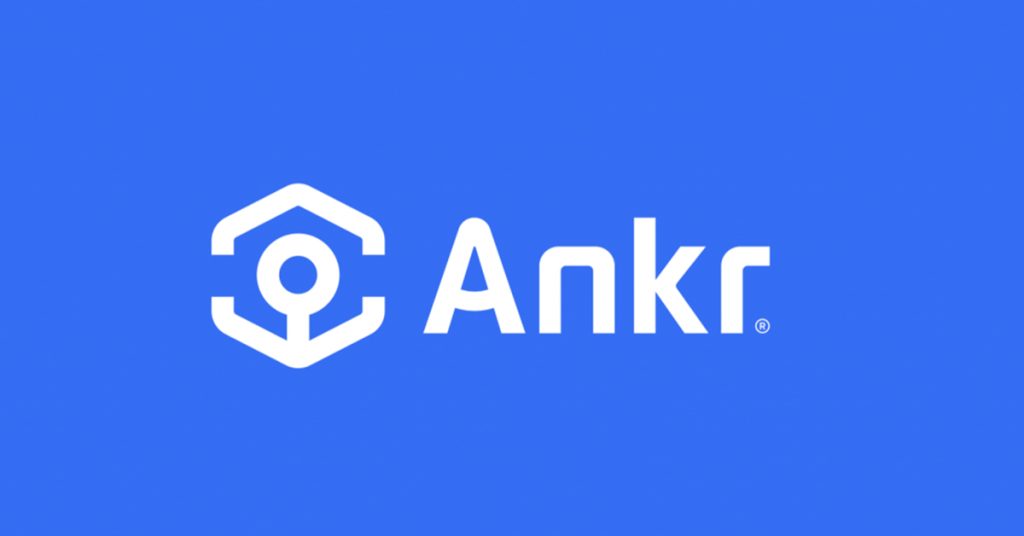
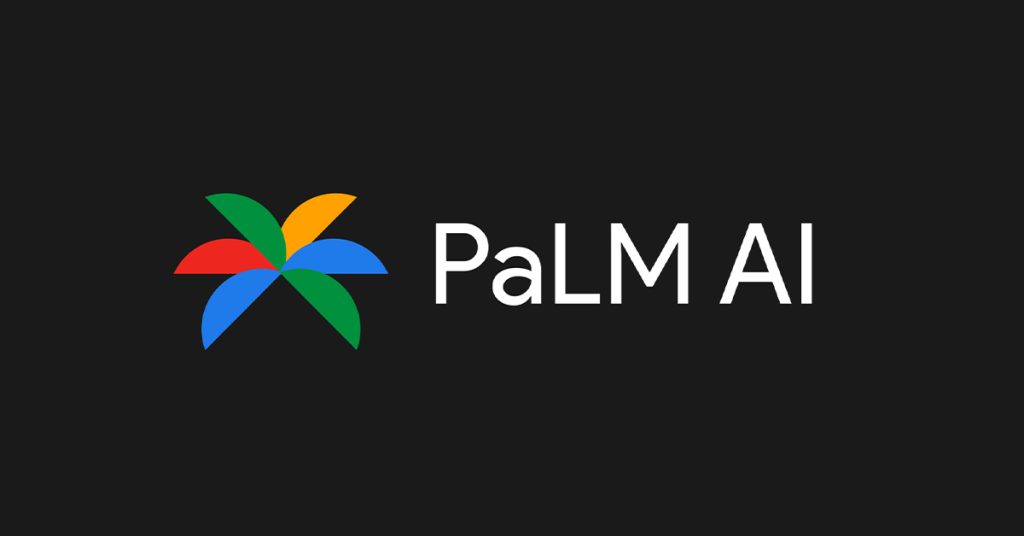
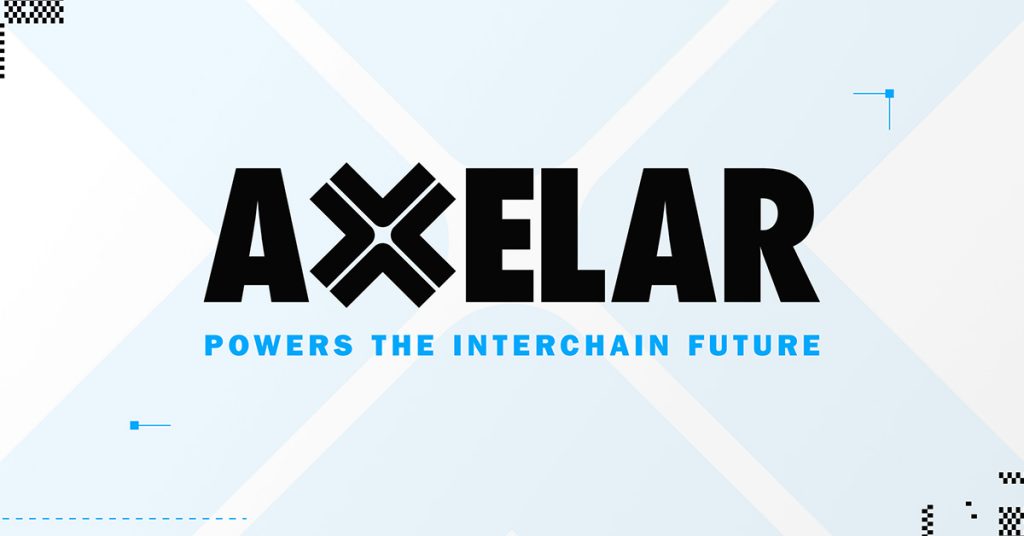
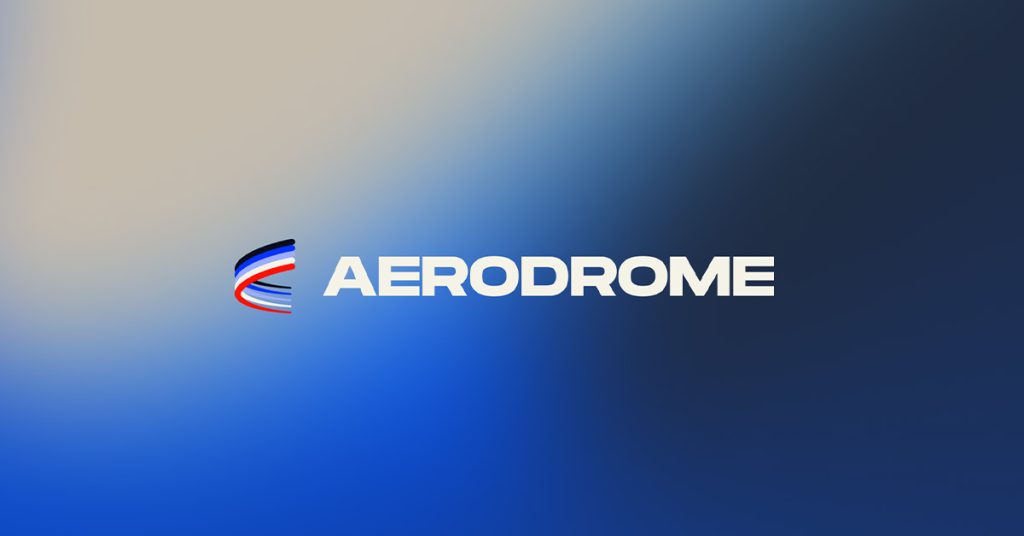
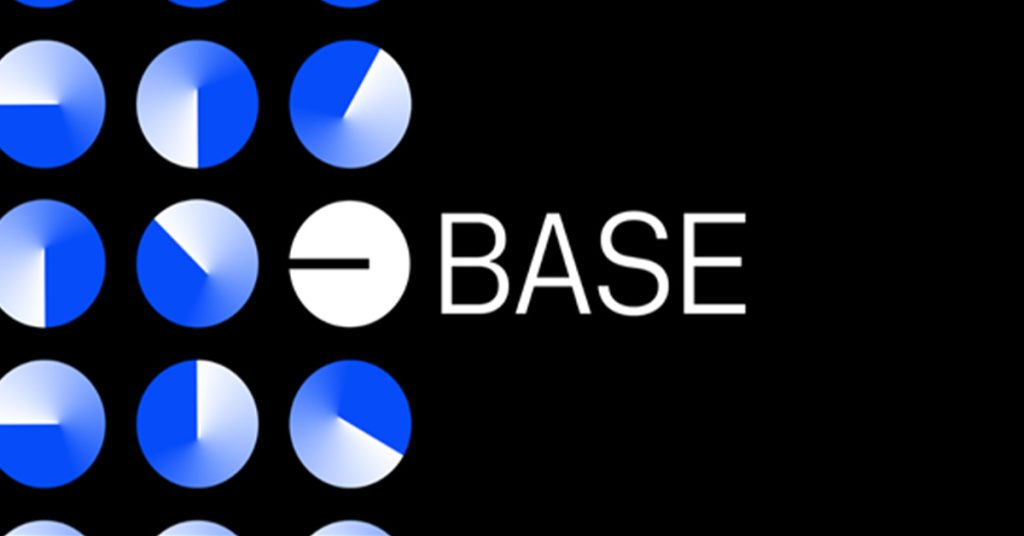
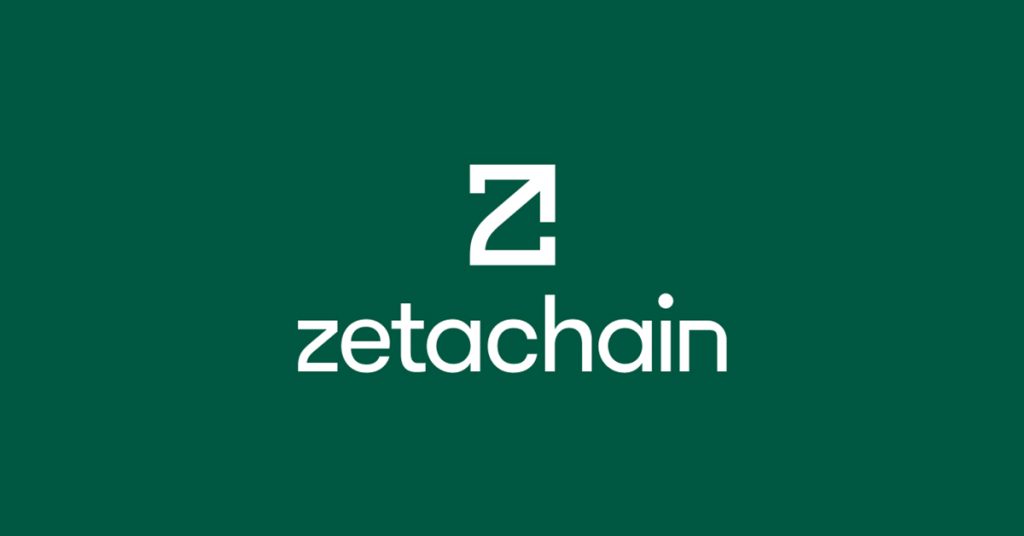
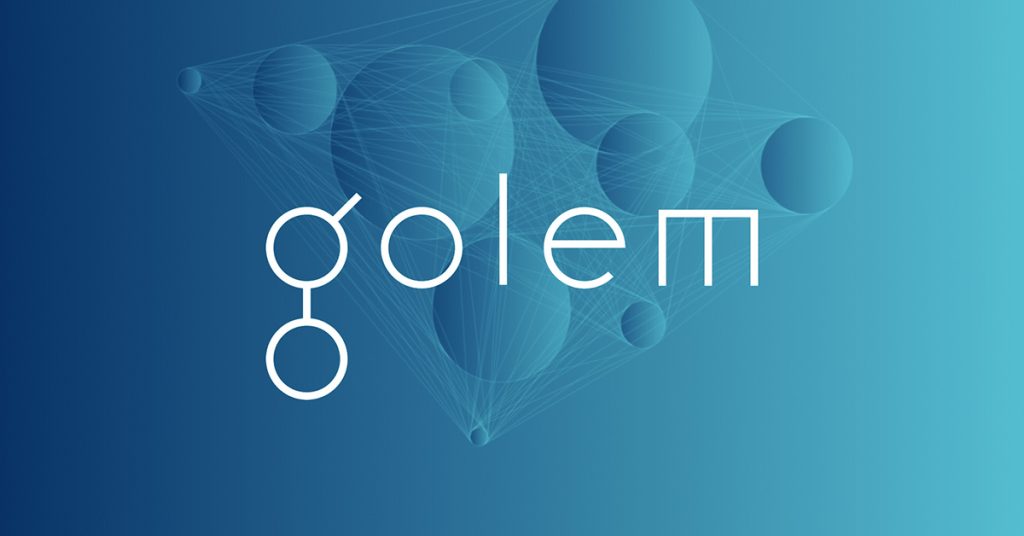
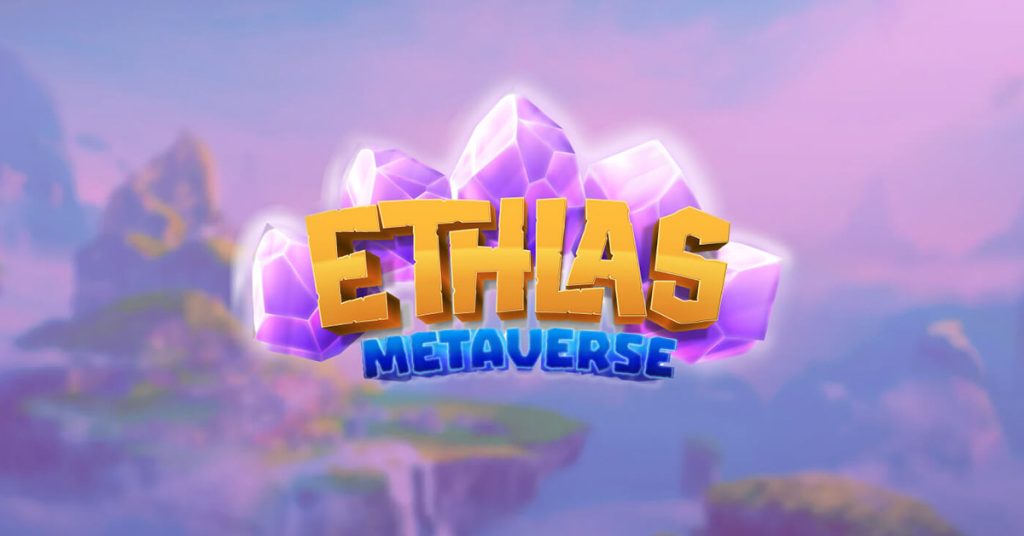
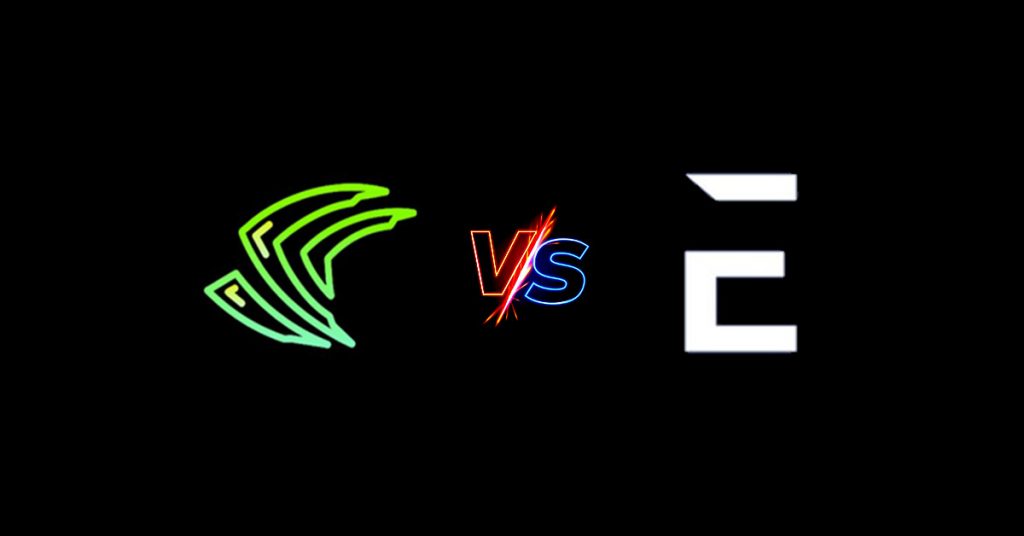
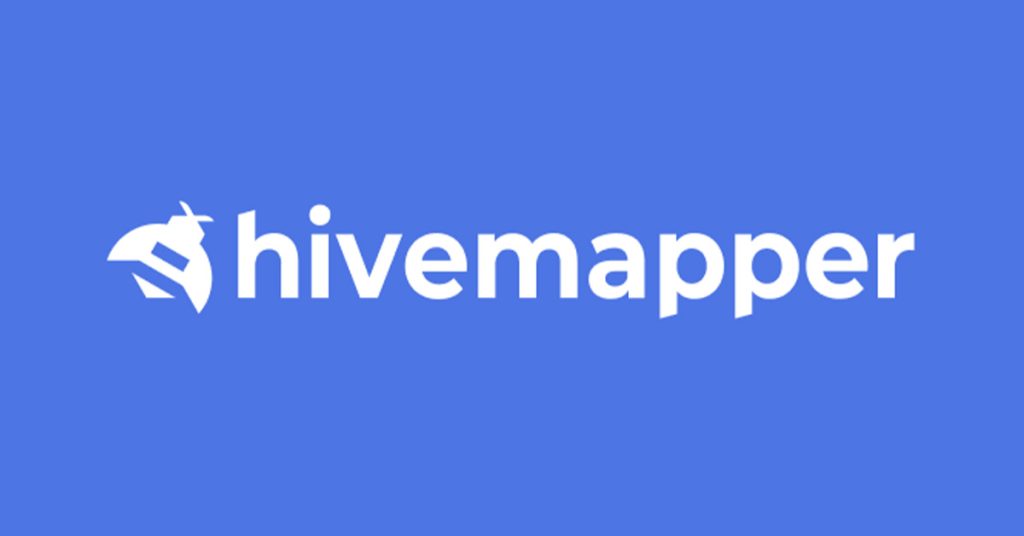
Responses